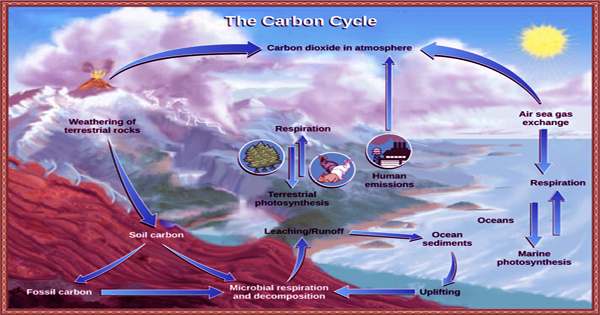The earth became dramatically warmer Fifty-five million years ago. The temperature rose to 5-8ºC (9-14ºF) – according to geological standards – for a very short time known as the Paleocene-Eosin thermal maximum. As dramatic as it was, a new study found that while it was a slower version of
what is still happening today, Carbon was released into the atmosphere in less than ten times the modern rate. The study indicates that most of the ancient emissions came from volcanoes, probably related to the formation of Iceland.
The oceans and atmospheric carbon exchange in a stable way, they become unbalanced relatively quickly, resulting in a two-thirds increase in the carbon concentration reflected in the thermal mesh gases.
Although the temperature rise is greater than all but in the worst-case human-induced conditions, the timescale is much longer, so the rate of warming would have been slower. PETM is not the perfect analog [to this day], but it is our closest thing, Hynes said in a statement. Haynes reached his conclusion by using old equipment in a new way. Pale climatologists rely heavily on foraminifera. These tiny marine organisms come in species adapted to different temperatures, and their shells settle in large numbers on the ocean floor. The large-scale variation of
warm and cold-adapted varieties provides an important record of the conditions at the time. He tested foraminifera of living species with different concentrations of carbon dioxide in seawater. He found greater acidity of the boron concentration in the foraminifera shells of high-carbon water. By measuring large
amounts of boron change, Haynes could more accurately track the level of carbon dioxide in the Pelican seas than previously estimated working temperatures.















